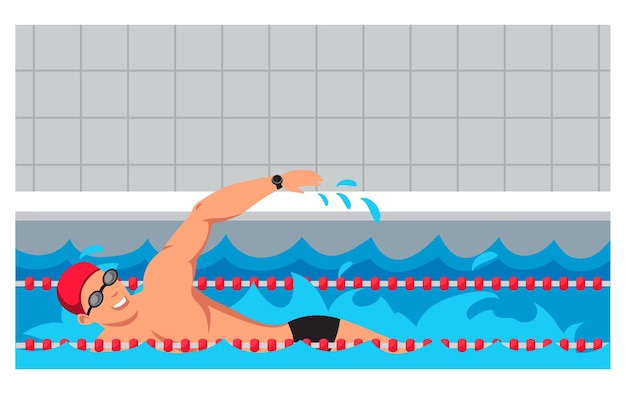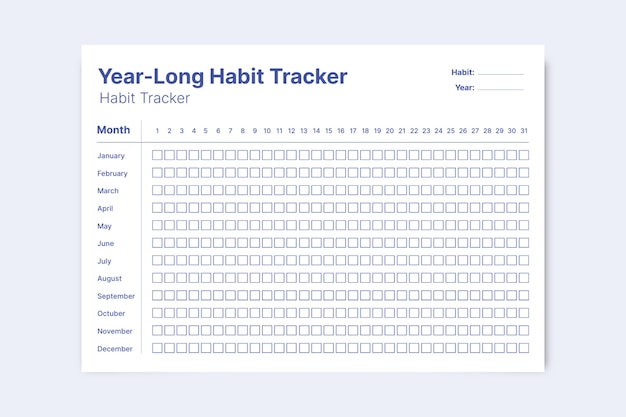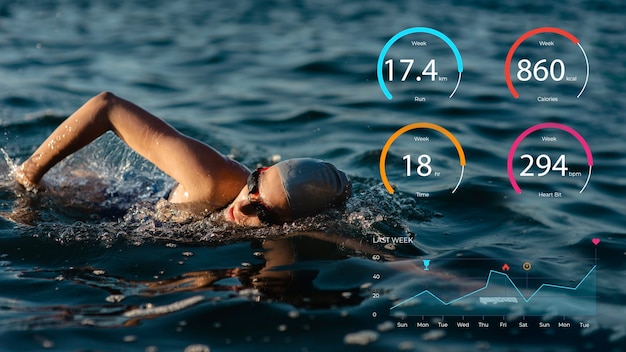20 Smart Ways to Boost Your Step Count with Swimming Laps: Biohacks, Weekly Goals & Safety Tips
Swimming is often praised for its low-impact, full-body benefits—but did you know it can also help increase your daily step count when tracked intelligently? While swimming doesn’t involve actual steps, modern fitness trackers estimate step equivalents based on movement, heart rate, and energy expenditure. With the right biohacking strategies, you can leverage swimming laps to boost your step goals, enhance cardiovascular health, and improve overall fitness.
Why Track Swimming as Steps?
Many fitness trackers, including popular smartwatches, convert swimming activity into estimated step counts using algorithms that factor in stroke intensity, duration, and heart rate. While not literal steps, this conversion helps maintain consistency in daily activity goals. By optimizing your swim routine, you can 'earn' more tracked steps and stay motivated toward your fitness targets.

20 Ways to Increase Your Step Count with Swimming Laps
- Use a Swim-Specific Fitness Tracker: Invest in a waterproof wearable that accurately logs laps and converts effort into step equivalents.
- Swim at Higher Intensity: Faster strokes increase heart rate and energy burn, leading to higher step conversions.
- Incorporate Interval Training: Alternate between 1-minute sprints and 1-minute recovery laps to maximize calorie burn and step estimates.
- Extend Swim Duration: Aim for 30–60 minutes per session to boost overall activity metrics.
- Track Non-Swim Pool Movements: Walking around the pool deck, stretching, or climbing in/out adds real steps—don’t skip logging them.
- Use a Smart Swim Cap or Goggle Sensor: Emerging biohacking gear captures stroke count and movement data for more accurate tracking.
- Swim Multiple Strokes: Mix freestyle, breaststroke, and backstroke to engage different muscles and increase exertion.
- Set Lap Goals: Target 20–50 laps per session depending on pool length—more laps mean more movement and higher step estimates.
- Join a Masters Swim Program: Structured workouts increase consistency and effort, improving tracked results.
- Time Your Rest Intervals: Minimize downtime between laps to maintain elevated heart rate and continuous activity scoring.
- Hydrate Strategically: Proper hydration supports endurance, allowing longer, more intense sessions.
- Use Fins or Paddles: Resistance gear increases effort, leading to higher energy expenditure and better step conversion.
- Sync Data with Health Apps: Connect your tracker to platforms like Apple Health or Google Fit to consolidate step data across activities.
- Log Pre- and Post-Swim Walks: Add steps by walking to the pool, changing, and cooling down post-swim.
- Track Weekly Trends: Use app insights to identify patterns and adjust swim intensity for better step accumulation.
- Set Weekly Step Targets: Aim to increase your weekly step goal by 5–10% each week, using swimming as a key contributor.
- Combine Swim with Land Workouts: Pair swimming with walking or cycling on alternate days to maintain high daily averages.
- Focus on Stroke Efficiency: Better technique increases distance per stroke, improving workout quality and tracking accuracy.
- Use Breath Control Techniques: Controlled breathing enhances stamina, enabling longer, uninterrupted swims.
- Participate in Swim Challenges: Join 30-day swim challenges to stay accountable and push your limits.
Weekly Step Targets for Swimmers
Set realistic, progressive goals to keep improving:
- Beginner: 6,000–8,000 steps/day (including 2–3 swim sessions)
- Intermediate: 8,000–10,000 steps/day (with 3–4 swims + walking)
- Advanced: 10,000–12,000+ steps/day (structured swim training + active lifestyle)
Adjust targets based on age, fitness level, and health goals.

Safety Reminders for Swim Training
- Always warm up with 5–10 minutes of light swimming or stretching.
- Stay hydrated—dehydration can occur even in water.
- Swim in supervised areas or with a partner when possible.
- Listen to your body—avoid overexertion, especially when starting out.
- Shower before and after swimming to protect skin and reduce infection risk.
- Check water quality, especially in public pools or open water.
- Ensure your tracker is rated for swim use to prevent damage.
Final Thoughts
Swimming laps may not add literal steps, but with smart tracking and biohacking techniques, they can significantly contribute to your daily step count and overall fitness. By combining intensity, consistency, and accurate monitoring, you can turn your swim routine into a powerful tool for achieving—and exceeding—your activity goals. Dive in, stay safe, and track smarter.
















